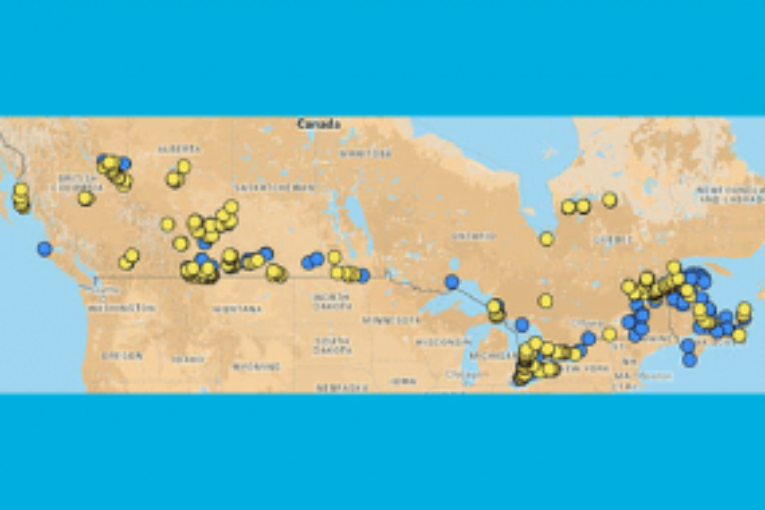
Canada can get a lot more electricity from wind without compromising reliability, needed transmission has a short payback period, back-up generation a small fraction of new wind
In early July CanWEA released the findings of a Canada-wide wind integration study that was three years in the making with GE Energy Consulting Group. The study was extensive and involved many of the Canadian and U.S. system operators.
It returned important findings that bust common myths about wind energy and provide a boost in confidence for utilities, regulators, system operators and energy policy decision makers in the electricity grid’s readiness to cost-effectively accommodate large amounts of wind energy.
Reliability Myth Busted: Over One-third of Electricity from Wind No Problem
The study considers four pan-Canadian scenarios with wind energy supplying between five per cent (which represents business-as-usual) and 35 per cent of the country’s forecast system load in the year 2025, including power flows across the border. The findings indicate that the Canadian power system, with adequate transmission reinforcements and additional regulating reserves, will not have any significant operational issues operating with 20 per cent or 35 per cent of its energy provided by wind generation – that means Canada can get more than one-third of its electricity from cost-competitive wind energy without compromising grid reliability. Today, wind energy supplies about five per cent of demand, and costs about the same or less than all other sources of new electricity generation in Canada.
Cost of Transmission Myth Busted: Payback is Short
The study examined the transmission reinforcements that would be needed between some provinces, and between some provinces and U.S. states, to accommodate the increased levels of wind generation in order to reduce congestion (e.g. when there is an oversupply of generation) or to limit curtailment (i.e. to avoid having to stop the turbines when the electricity is not in demand). The findings show that the payback period for these transmission reinforcements is actually quite short – ranging from three to four years.
Back-up Generation Myth Busted: A Small Fraction of Additional Wind
With or without wind, the electricity grid has “balancing areas” that maintain “regulation reserve” which is an amount of electricity generation kept available as back-up in order to be ready for (i.e. balance) any variability or uncertainty in the output of all generation in the area. With higher wind penetration, the study shows that higher levels of regulation reserve are needed, but the amounts are modest. On average, the level of back-up that needs to be added to accommodate the variability of wind (i.e. given the wind doesn’t always blow) is less than two per cent of the total wind generating capacity being added – a small fraction of the additional wind.

The study is timely given the challenge our leaders have to figure out how Canada is going to incent markets and the population to help the world reduce emissions by 80 per cent by 2050, which is the global target acknowledged as critical for climate change via the Paris Agreement. For Canada, the way forward includes aiming for a zero carbon grid by 2050 and making use of that clean power to electrify parts of our economy that currently run on fossil fuels, like transportation, shipping and how we heat and power our homes and businesses.
The findings of this important study were released in July in PDF format. Access to the data outputs and supporting materials will be released early in the fall. The study is an ecoENERGY INNOVATION INITIATIVE Research and Development Project.
Feature graphic: From Section One of the Pan-Canadian Wind Integration Report (Figure 1-2) indicating the location of wind plants in the scenario that models over one-third of Canada’s electricity coming from wind. Blue=Existing Yellow=Modelled.
Director of Media and Communications at the Canadian Wind Energy Association.
You can read more of the news on source



